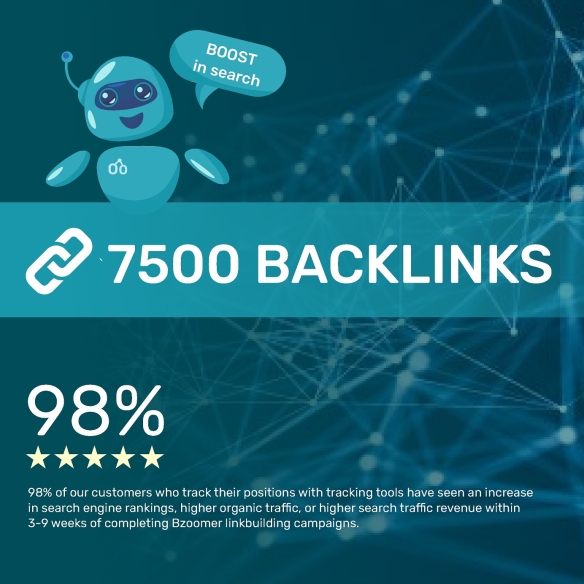Managing multiple business debts can be overwhelming, especially as interest rates, due dates, and creditor requirements vary. Business debt consolidation offers a strategic approach to simplifying debt management by combining various liabilities into a single, manageable payment. Through business consolidation loans and structured strategies, businesses can reduce financial strain, focus on growth, and maintain financial stability.
What Is Business Debt Consolidation?
Business debt consolidation is the process of merging multiple business debts into a single, consolidated loan. This strategy can reduce monthly payments, improve cash flow, and lower interest rates. Consolidation options include traditional bank loans, SBA loans, and specialized consolidation loans designed for small and medium-sized enterprises (SMEs).
Key Benefits of Business Debt Consolidation:
- Simplified Payments: One consolidated loan means one monthly payment, reducing the administrative burden of multiple creditors.
- Lower Interest Rates: Consolidation loans often come with lower interest rates than credit cards or high-interest loans, saving businesses money over time.
- Improved Cash Flow: By extending the repayment term, monthly payments may decrease, freeing up cash for other business needs.
Steps to Consolidate Business Debt:
- Assess Current Debt Obligations: Begin by listing all current debts, including amounts, interest rates, and monthly payments.
- Calculate Monthly Savings Potential: Use a debt consolidation calculator to determine potential savings.
- Evaluate Consolidation Loan Options: Research lenders and loan options, comparing interest rates and terms.
- Apply for a Consolidation Loan: Complete the loan application with a credible lender.
- Pay Off Existing Debts: Use the consolidation loan to pay off all existing debts.
- Commit to a Financial Plan: Make timely payments on the consolidation loan to ensure the business remains debt-free.
Business Debt Consolidation Strategies:
- Debt Snowball Method: This approach involves paying off debts from smallest to largest, gaining momentum as each debt is cleared.
- Debt Avalanche Method: Focus on clearing high-interest debts first, minimizing interest payments over time.
- Balance Transfers: Some businesses use credit cards with 0% introductory APR to transfer high-interest balances temporarily.
- Refinancing: Consider refinancing high-interest loans for lower-rate options.
Types of Business Consolidation Loans:
- Bank Loans: Banks offer competitive rates for creditworthy businesses.
- Small Business Administration (SBA) Loans: SBA loans provide long repayment terms and lower interest rates.
- Online Lenders: Fast funding options for businesses that may not qualify with traditional banks.



